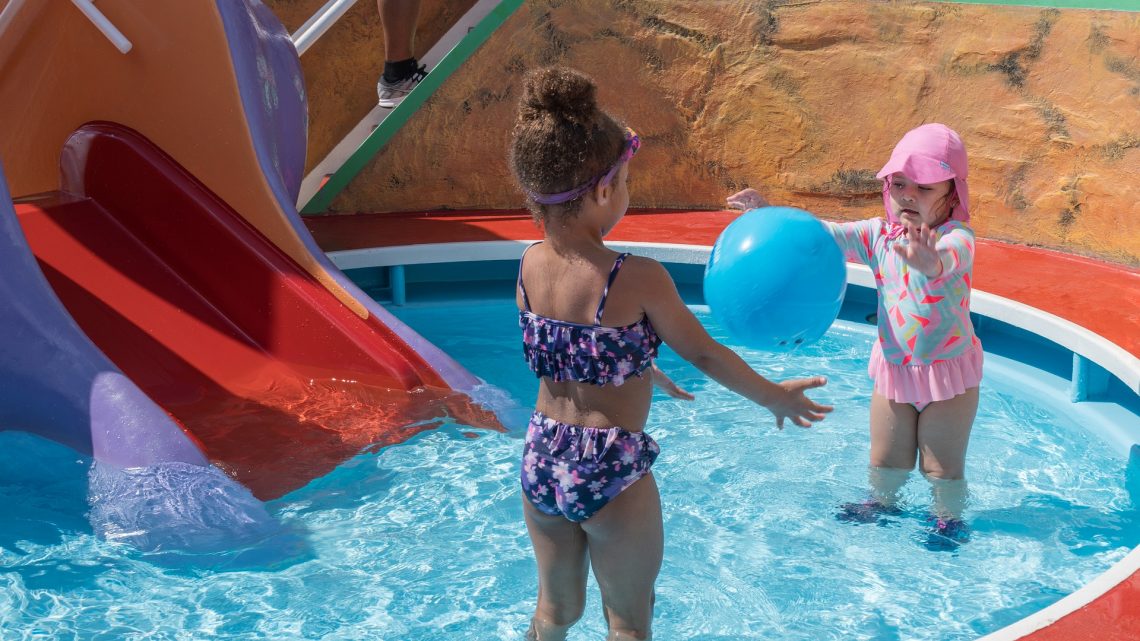Summer is just around the corner and if you’re ready to splash at the pool or spend the day at the beach, make sure you do so responsibly. According to the U.S. Centers for Disease Control and Prevention, 4,000 people drown each year, which is why it’s important to keep water safety in mind when swimming or boating.
Consider these water safety tips on your next trip to the beach or the swimming pool:
1. Always supervise children.
Never leave a child unattended in or near any body of water. Although this may be obvious it is always worth mentioning. Assign an adult who will be paying attention to the children inside the water, you can assign a water watcher even if there is a lifeguard on duty. Pools and beaches can get crowded, making it harder for a lifeguard to spot a drowning child. Assigning another adult to keep an eye on the children offers an extra layer of protection to prevent any accidents. The designated adult must be close enough to reach the child immediately if an accident occurs.
2. Install a pool fence.
The American Red Cross states that four-sided fencing reduces a child’s risk of drowning by 83% compared to three-sided property-line fencing. Having a fence surrounding your pool prevents children from accidentally falling into it or entering the pool without adult supervision. Make sure the fence is at least four feet high, not climbable by children, surrounds the pool on all sides and has a self-locking latch. Keep pool gates and covers in good shape; if you notice any damages, repair them immediately to prevent accidents.
3. Teach everyone how to swim.
The number one water safety recommendation we can give is to teach your family how to swim, preferably starting at an early age. The American Academy of Pediatrics recommends swimming lessons for children who are 4 years or older, but also mentions that aquatic programs for children 1 to 4 years old are acceptable. There are affordable swimming classes available at your local YMCA, The American Red Cross Learn-to-Swim program, or contact your local public swimming pool and ask if they offer swimming lessons.
If your child can’t swim, fit him with a lifesaving jacket while he is in the pool. (This does not mean that you should stop supervising him, accidents can still occur even with a life vest on.)
4. If you drink, don’t swim.
It’s common to have alcohol involved when you’re at the beach or by the pool, but it is always important to remember not to enter any body of water if you have consumed alcohol. Alcohol impairs your judgment and although you believe you have the swimming abilities of Michael Phelps, your body won’t respond the way it would if it was sober. Mixing alcohol and swimming is never a good idea, and just as you shouldn’t drink and drive, you shouldn’t drink and swim or operate a boat.
5. Take breaks when needed.
Being in the water is always tiring, the heat can dehydrate you and all that physical activity drains your body’s energy. Be sure to pay attention to how your body is feeling. Even if you’re a skilled swimmer, it’s risky to keep swimming if your body can’t take it anymore, especially in the ocean. You could be carried out by a current and trying to escape it with a tired body is even harder. If you’re feeling tired or uneasy, take a break and step outside the water, re-hydrate and rest. Don’t go back in until you feel completely recuperated.
Water safety must be taken seriously, many drowning accidents can be prevented if we supervise children and act responsibly. Summer is a season to enjoy under the sun, don’t turn yours into a tragedy. Remember these swimming safety tips to prevent yourself or a loved one from getting hurt. In the devastating event that your child is involved in a drowning accident, an accident attorney will handle your case with care and help your family heal.





No Comment